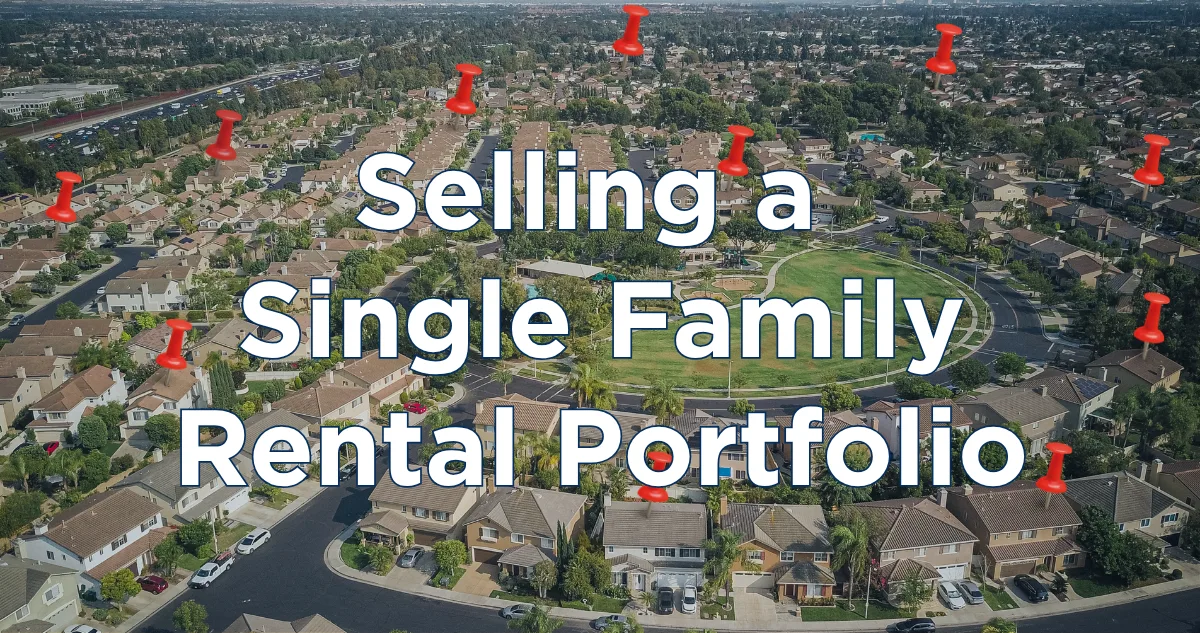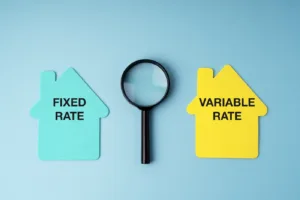Over time, many real estate investors find themselves in a position they never quite planned for.
I recently worked with a client who began their real estate investing journey with a single-family rental property. Over time, as their income grew, they were able to add other single-family rental properties, a few duplexes, and a couple of four-unit properties to their portfolio, ultimately ending up with 65 doors scattered across two counties.
Then, they looked around and realized they had a management headache on their hands.
At that point, the idea started to form: maybe it’s time to upgrade. They reached out to me to sell their single-family rental portfolio, with the goal of consolidating all the scattered small properties into a few larger ones, or possibly even one large complex.
So, how do you orchestrate a sale for that many properties without losing a lot of your gains to taxes?
From Chaos to Consolidation with 1031 Exchanges
When your portfolio is made up of many smaller properties, it’s easy to become overwhelmed. Each property has its own tenant profile, maintenance needs, lease terms, and financing structure.
Selling a few of them off individually might feel manageable, but selling a single family rental portfolio as a large group – and doing it in a way that positions you for long-term growth – makes a bigger impact.
This is where the 1031 exchange becomes your best friend.
One of the common questions I hear is: Can you do a 1031 exchange with more than one property? The answer is yes.
Let’s say you own 50 rental homes. You could package those into a portfolio and sell them as one investment to a single buyer. That buyer benefits because they get instant scale, one larger investment loan (which typically means better terms), and cash flow from day one. From your perspective, selling as a large portfolio and doing a 1031 exchange allows you to shift your equity into larger properties that are more straightforward from a management perspective, without triggering a big tax bill.
The Main Concern: Making Sure Your Entities Line Up
One thing to be especially careful about during a portfolio sale is how your properties are held.
The IRS requires that the property you sell (the “down leg”) and the property you purchase (the “up leg”) must be held under the same ownership structure. So, for example, if you own 50 houses and they’re held in 5 different LLCs, you have a few choices for your 1031 exchange:
- Sell all 50 as a package, buy one large property, and structure the ownership so all 5 LLCs are listed as co-owners
- Restructure the ownership of your current holdings so they all fall under the same LLC, allowing you to exchange into the new, larger property under one LLC owner
- Sell each LLC’s properties as separate portfolios, and do separate 1031 exchanges for each
- If you don’t feel ready for a large complex, this allows you to consolidate your headache into mid-size properties as an intermediate step
- Once you’re ready to exchange into one large building or complex, you’ll need to select one of the two previous options to account for the different LLCs you’re still operating
This is where having a knowledgeable advisor, title company, accountant, and 1031 intermediary all working together for you becomes critical. Getting the structure right will help to avoid any hiccups (and surprise tax penalties) in the process.
A Hidden Perk: Better Financing
One of the biggest reasons why this strategy makes sense for you and the buyer is that bigger properties often mean better financing.
Smaller properties, especially when purchased individually, usually come with higher interest rates and shorter loan terms. For your buyer, purchasing as a portfolio means they can receive better financing. For you, moving into larger multifamily properties opens the door to especially favorable loan options.
Fannie Mae and Freddie Mac both offer loans for qualifying larger apartment properties. These loans tend to come with longer amortization periods and lower interest rates than what you likely found with the conventional loans on your single-family rentals.
The financing advantages alone can be reason enough to scale up. And when paired with the tax benefits of a 1031 exchange, it becomes even more compelling.
How to Know if it’s Time to Scale Up
If you’ve spent years growing a portfolio of smaller rental properties, you’ve probably done a lot of the hard work already. You’ve fixed up units, built equity, managed tenants, done middle-of-the-night emergency maintenance, and figured out leasing. If your portfolio is large enough that you can’t keep up, and so scattered that you have to use multiple property management teams to handle everything, it’s well past the time to scale up.
When you bundle your smaller properties and sell as a package, you can:
- Unlock equity without a large tax penalty
- Simplify your management responsibilities
- Qualify for better financing
- Transition into larger, higher-performing assets
- Continue growing your wealth with fewer moving parts
If any of that sounds like something your strategy would benefit from, it’s definitely time to scale up.
Conclusion
For long-time investors, scaling up doesn’t mean starting over. It means making your portfolio work harder – and smarter- for you.
With the right planning, strategy, and advisors, you can sell your smaller properties, defer taxes, and upgrade into larger properties that offer more income, better financing, and less operational stress. Done right, this can be a major turning point for your investments that brings new growth and increased income.
If you’re holding a scattered portfolio in Pennsylvania or Maryland and wondering how to take the next step, contact our team today. We’re happy to help evaluate your current portfolio and discuss your 1031 options.





